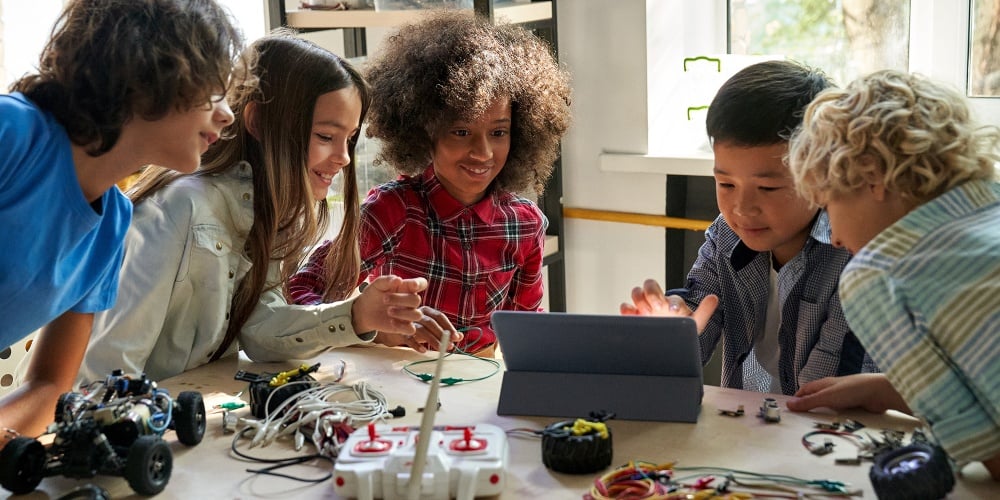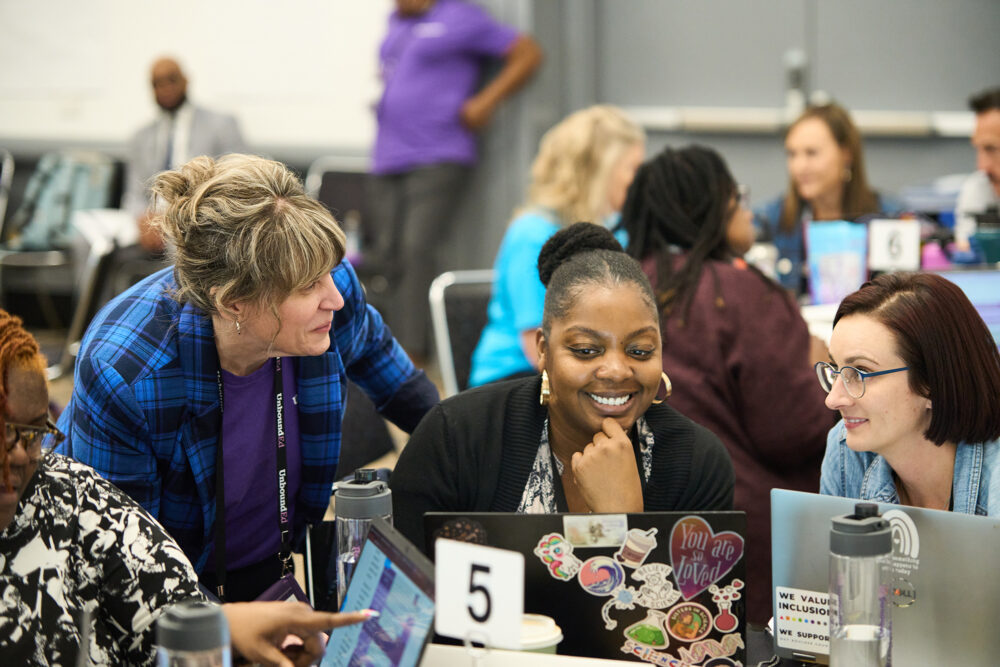
Science is everywhere, from artificial intelligence to the changing climate, to rocket launches, to understanding brain development in babies. We’ve shared what GLEAM science instruction looks like, the value of using phenomena to introduce science, and how science has been an overlooked subject. Now, we’re excited to share articles and resources that inspire us.
“Scientists as engaged citizens”
While not addressing K-12 science education specifically, this 2021 piece from MIT News discusses a course at MIT called Science Activism: Gender, Race, and Power. The article describes how the course focuses on the role of scientists in social movements, including the civil rights movement, the nuclear freeze campaign, environmental justice, Vietnam War protests, and others. It has us applauding the focus on making science meaningful, while also thinking about how these ideas might translate to K-12 classrooms. The quotes from students are particularly powerful: “With the recent Black Lives Matter movement events and the current political climate, I felt a responsibility to educate myself on what I, as a student of science and engineering, could contribute to ending violence and discrimination against Black communities.” We hope you check it out and feel similarly inspired to make science meaningful in your school community!
Next Generation Science Standards, Appendix D Case Studies
This valuable supplement to the NGSS focuses on equity, with emphasis on groups that have been historically denied opportunities to learn science deeply, including students of color, girls, and economically disadvantaged students. There are many examples that align to UnboundEd’s vision of GLEAMTM instruction! For example, the “Race and Ethnicity” case study illustrates in very practical terms how to build on students’ background knowledge, facilitate a discussion on the social and environmental impacts of burning ethanol, and more, all while using flexible, heterogeneous groupings and other equitable strategies. There are also explicit connections to the NGSS and research-based strategies in the closing synthesis section, featuring examples like this: “Community involvement and social activism in science involves creating meaningful, place-based lessons that may result in social activism. Connecting science concepts to the daily lives and futures of students from diverse backgrounds motivates them to learn science. Furthermore, they increase their participation in science when they see scientific knowledge as a way to gain entry to effect positive change in community contexts.”
Thirteen Ways to Improve Science Education in the U.S.
This recent, comprehensive white paper from the Carnegie Corporation is full of research findings and recommendations to improve the quality of science education in this country. The paper points to some of the major obstacles to high quality science instruction, for example the lack of time allotted to science in elementary schools: “For example, in the elementary grades, students receive less than half the instruction in science they receive in mathematics and less than one-third the instruction they receive in ELA (Plumley 2019).” Lack of funding is also an obstacle: “Almost eight in 10 survey respondents rated the level of funding for reforming science instruction as inadequate, perhaps reflecting the overall low priority given to science instruction in K–12 education.” The recommendations offered are compelling, and place high-quality professional learning and instructional materials at the center: “One way to improve professional learning opportunities is to center them on helping teachers use high-quality, standards-aligned instructional materials as they become available. Rather than focusing on teachers’ content knowledge or teaching strategies alone, curriculum-based professional learning does both in the context of the instructional materials teachers are using.”
OpenSciEd Lesson Plans
We can’t help ourselves but nerd out on this comprehensive set of openly-licensed, NGSS-aligned instructional materials! These coherent units center phenomena and offer ample opportunities for students to engage in the NGSS Science and Engineering Practices. Some lessons that have drawn us in include this seventh grade unit on the impact of climate change on the world’s communities and this high school unit on ecosystem interactions and dynamics. Whether you are a classroom teacher, coach, or administrator looking to improve science teaching and learning, these lesson plans are an incredible resource.
Science Guidelines from the English Learners Success Forum
Improving science education cannot be done without centering the needs of students who have home languages other than English. These guidelines describe critical characteristics of instructional materials that can support emergent multilingual students. The guidelines support an asset orientation, with an emphasis on funds of knowledge, recommending that materials include “guidance for inviting multilingual learners to use and build on existing language resources to communicate scientific ideas” (Area of Focus II, Guideline 4). They also speak to the need for equitable instructional practices to support all students’ language development, recommending that materials include “guidance to foster inclusive and equitable student participation that supports the development of language based on students’ needs” (Area of Focus IV, Guideline 10). These recommendations are invaluable, not only for curriculum developers, but anyone working in or out of the classroom to support science instruction.
We hope you enjoy these reads as much as we do! We invite you to engage: Please let us know what you think and share with your colleagues! Are you reading something great related to science education? Share the link with us on Twitter!
After years of work focused on mathematics and ELA, UnboundEd is excited to delve into the world of K-12 science education. This is the fourth and final blog in a series exploring science instruction–please check out the first, second, and third blog posts also!
Next steps with GLEAM®
Choose the path that fits your team

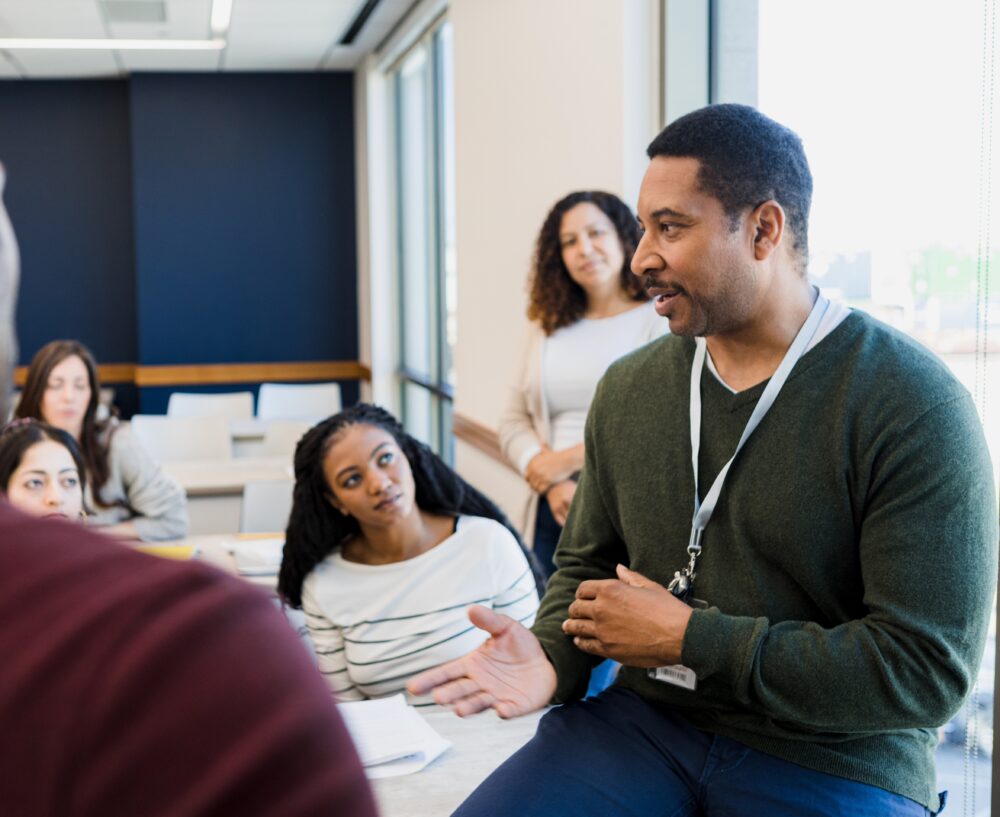
UnboundEd Summits
Accelerate your instructional vision and build educators’ skills and expertise with a virtual or on-site Local Summit.
Learn More ➜

In-Service Workshops
UnboundEd’s dynamic, hands-on workshops build educator capacity by focusing on timeless, cross-disciplinary instructional moves that drive effective instruction, rigor, and student empowerment.
Learn More ➜
Online Math Academy
UnboundEd’s Online Math Academy courses enrich educators’ content knowledge and instructional practices to unlock all students’ math potential.
Learn More ➜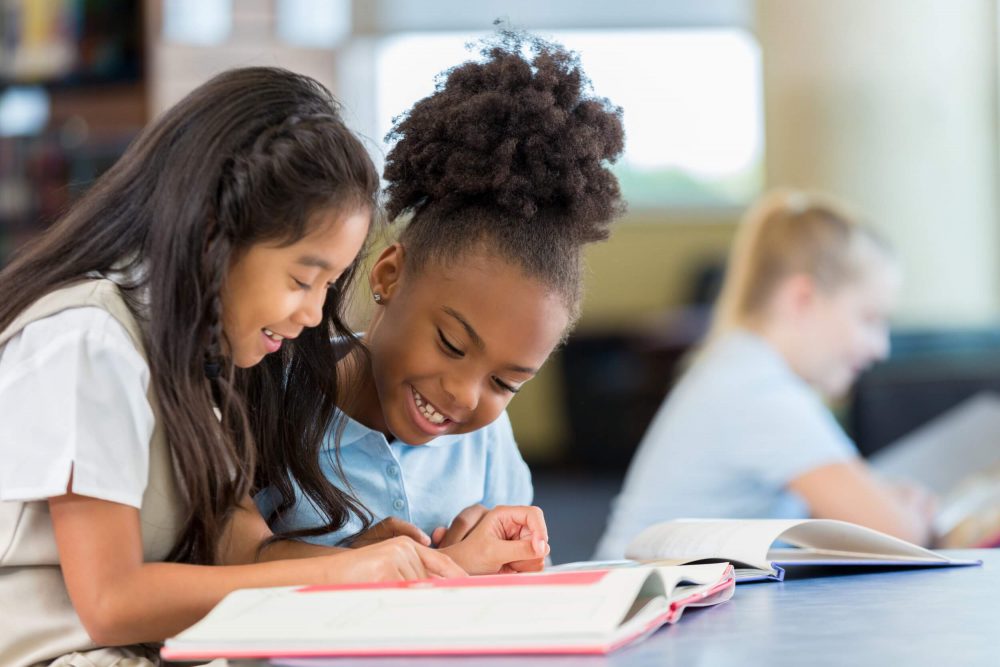
Curriculum Adoption
Ensuring quality materials are adopted and used effectively is crucial to improving outcomes and requires a strong instructional materials selection process. We’re here to share guidance and support on leading a rigorous and collaborative curriculum adoption process to select the right materials for your context and goals.
Learn More ➜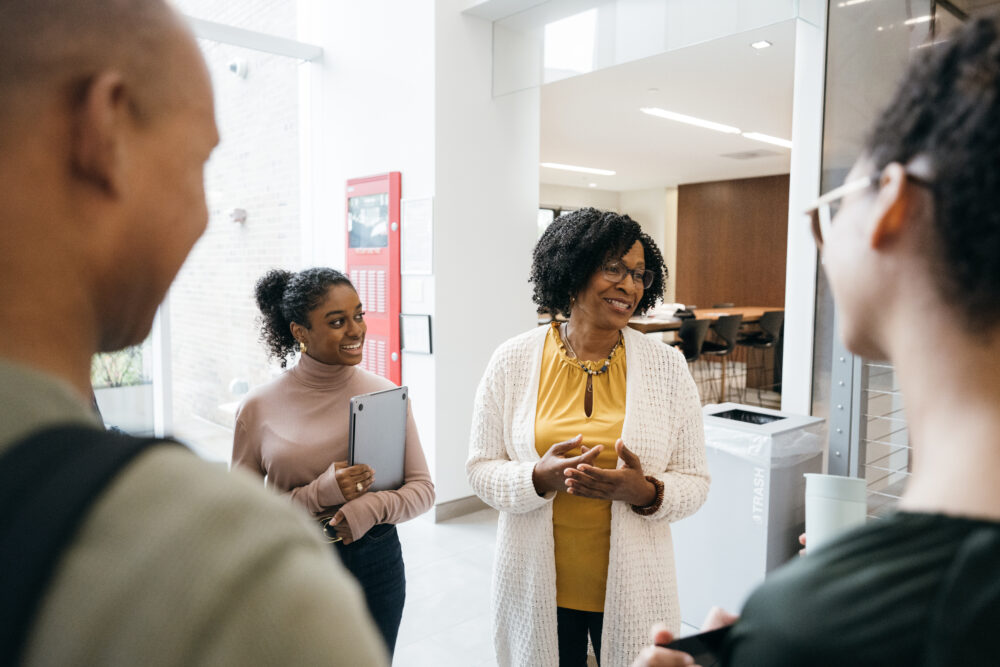
Curriculum Implementation
Just getting started, or need to get back on track? We work with you on a shared vision and an actionable plan for curriculum success.
Learn More ➜
Literacy ReclaimEd
Improve literacy instruction and better meet the unique needs of every student.
Learn More ➜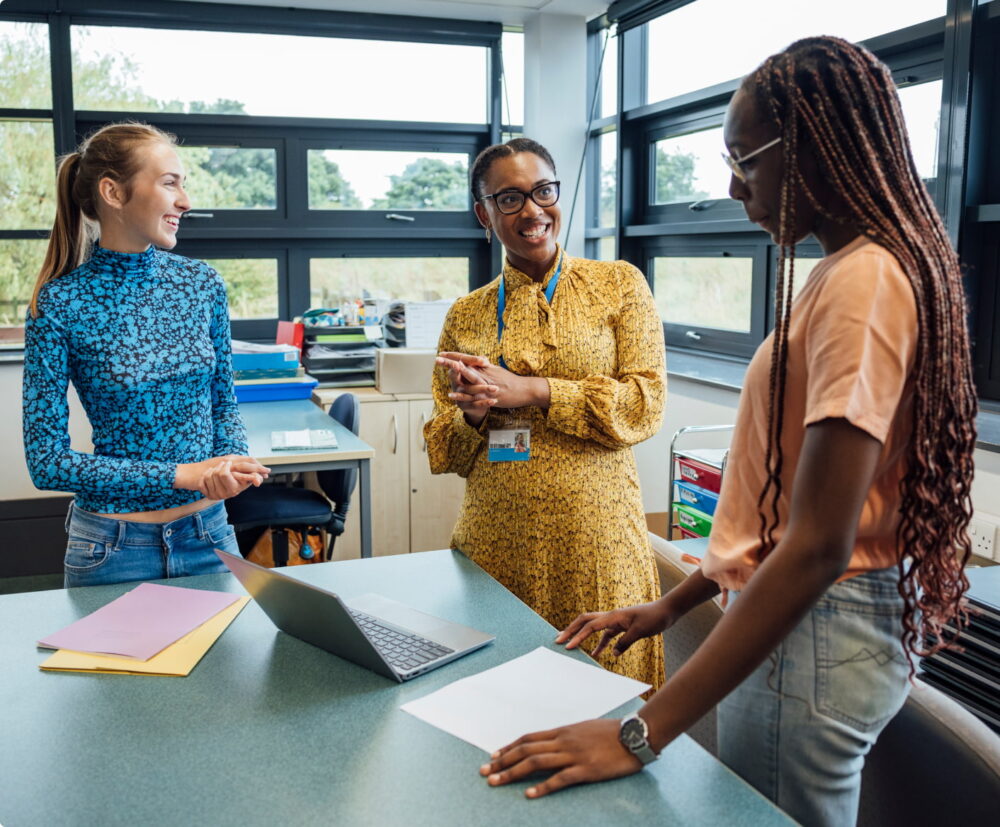
GLEAM® Inventory
Build your team’s understanding of grade-level, engaging, affirming, and meaningful –GLEAM®– instruction and transform how you serve all students in your district.
Learn More ➜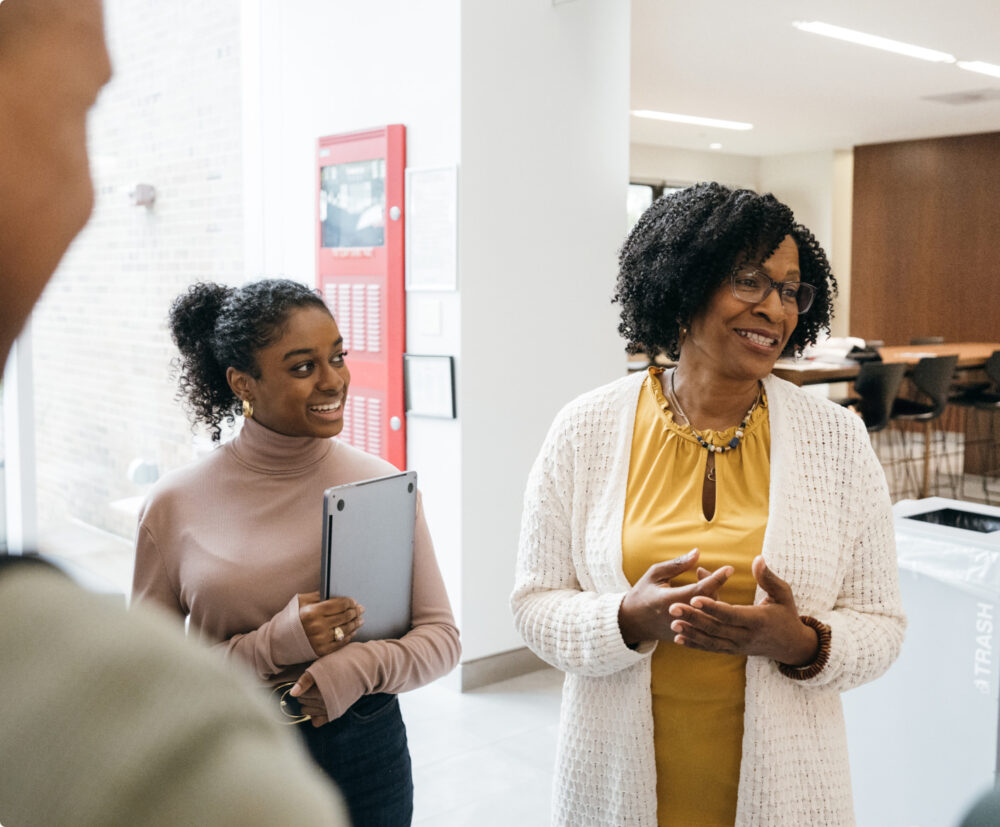
Speaking Engagements
Our experts offer inspiring, thought-provoking messages and conversations that will get your team thinking creatively about shifting mindsets and changing practice.
Learn More ➜
California Math Curriculum Adoption and Launch Cohort
Prepare to adopt and launch high-quality mathematics instructional materials with no-cost, grant-funded support from UnboundEd.
Learn More ➜